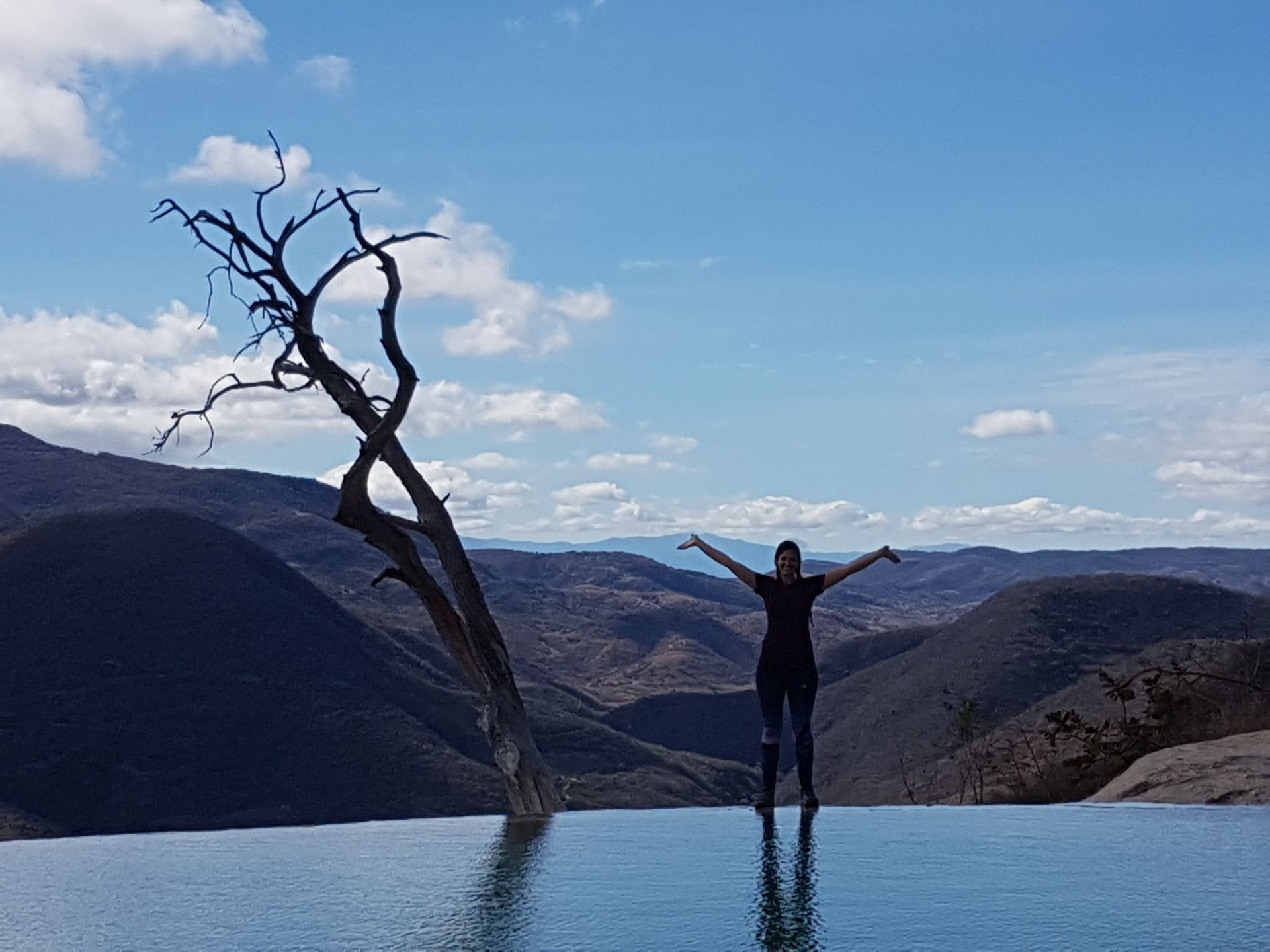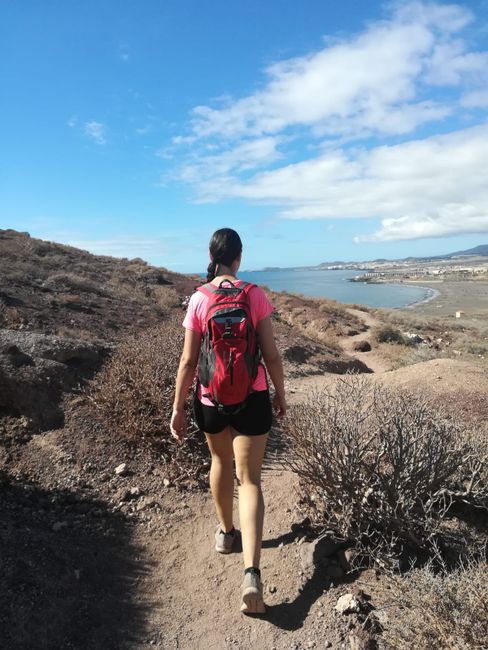San Pedro #2 - Daily Life
بڵاوکراوەتەوە: 30.03.2020
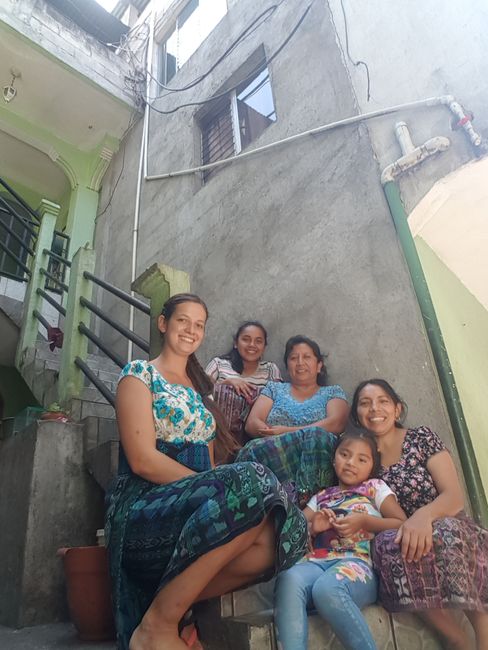
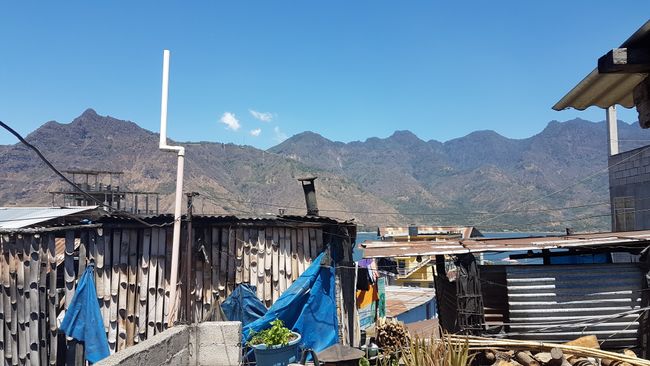
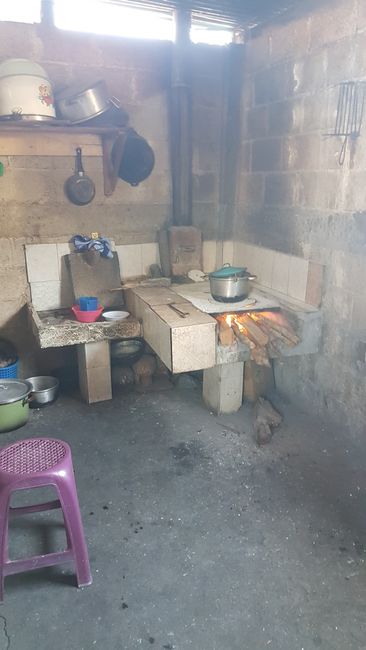
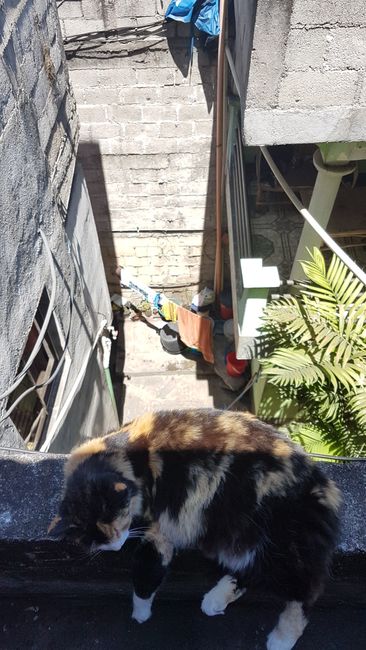
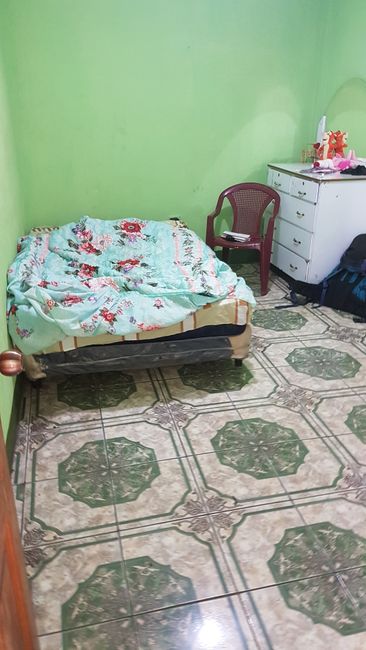
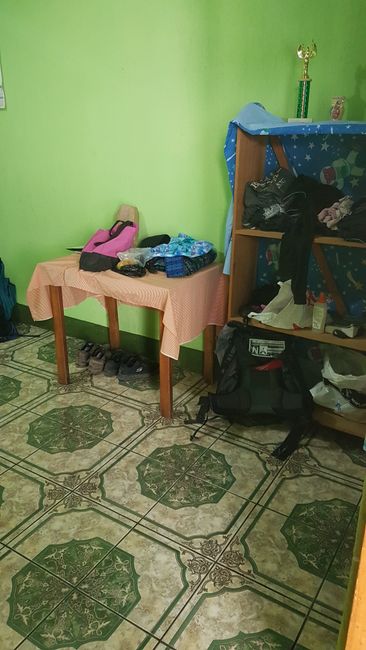
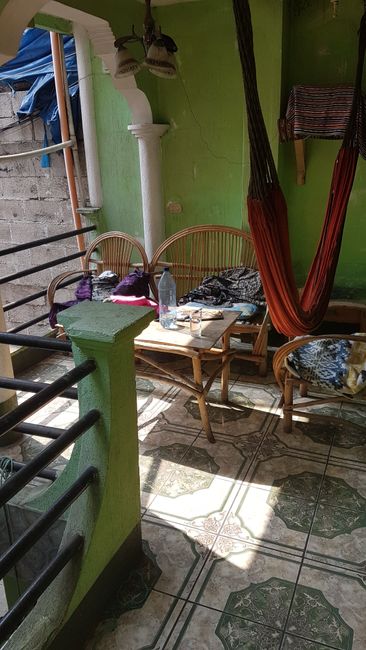
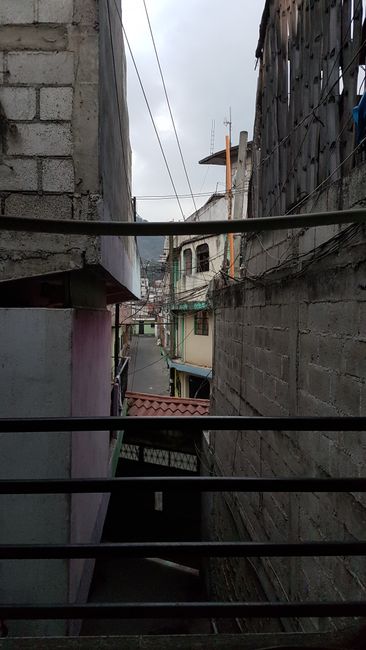
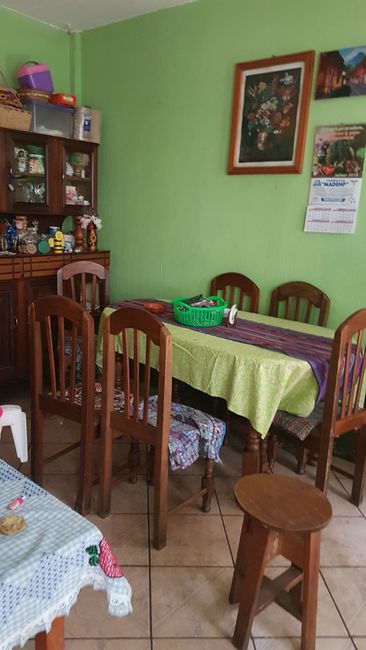
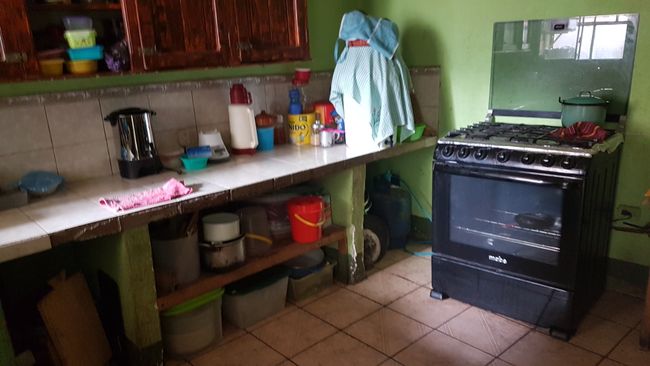
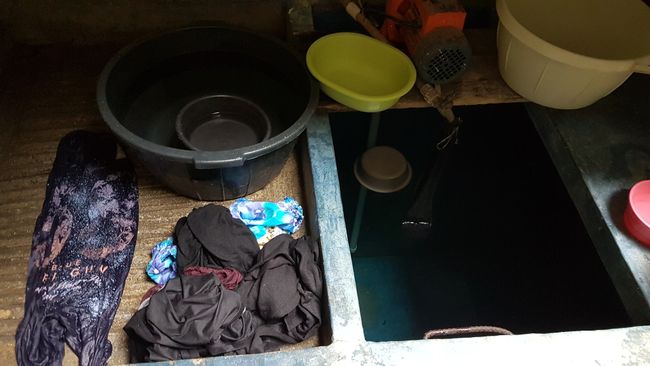
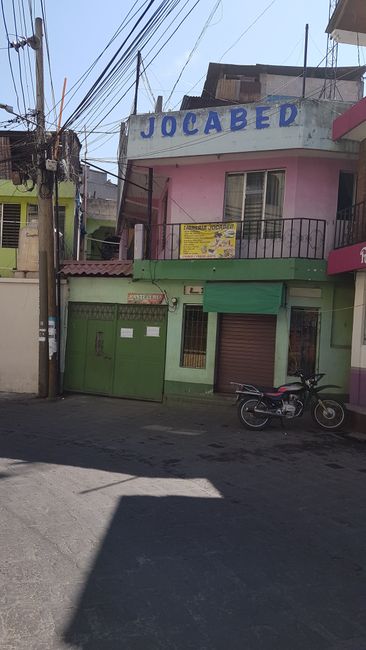
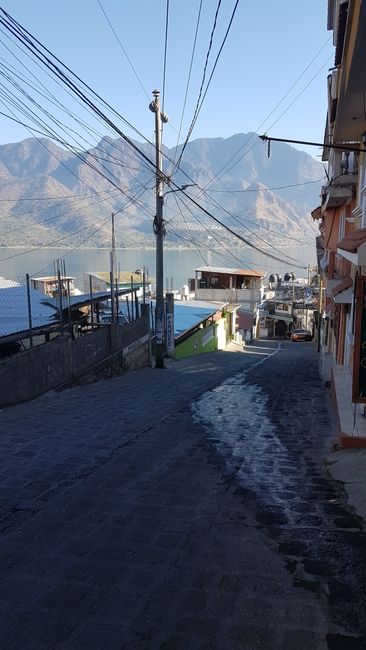
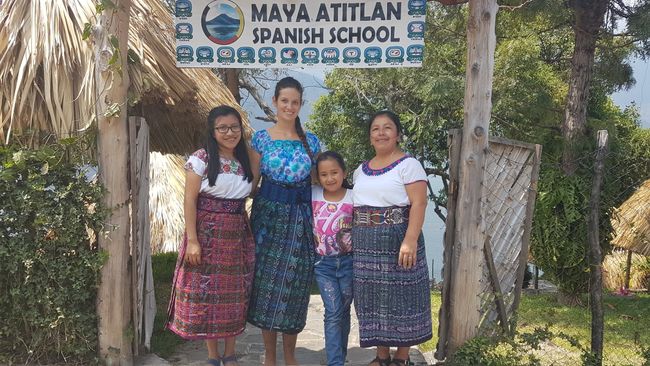
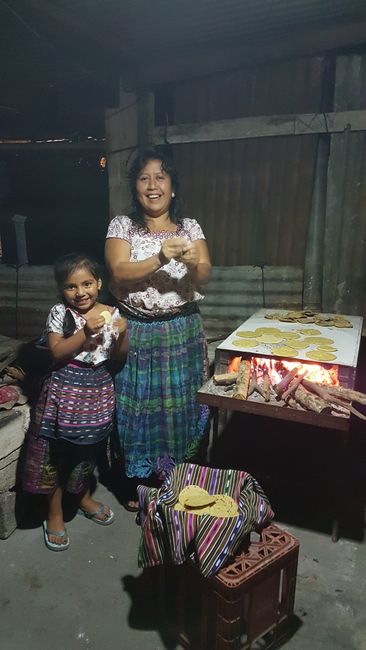
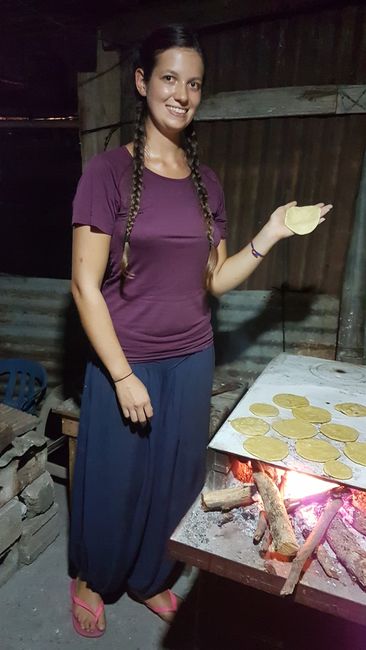
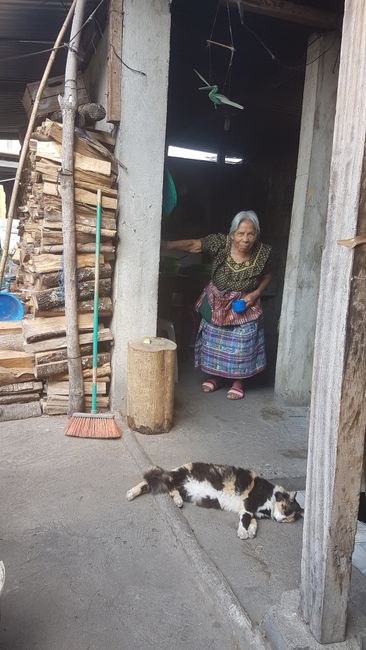
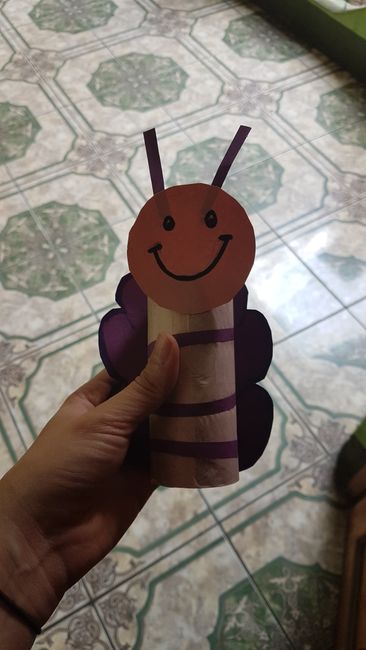
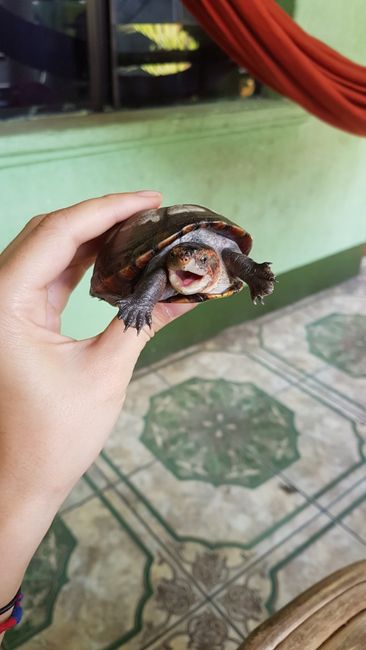
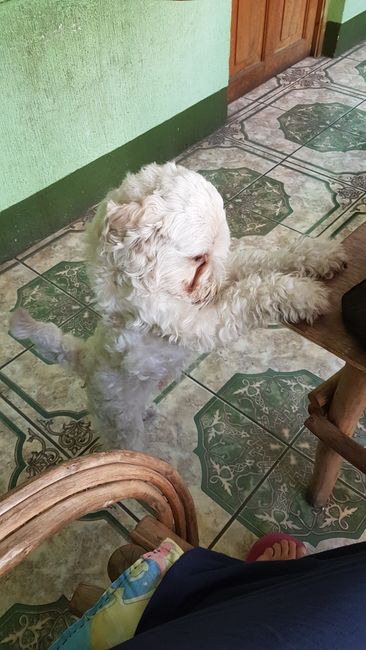
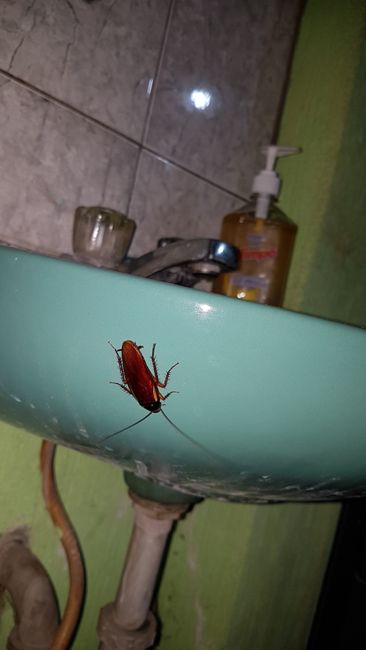
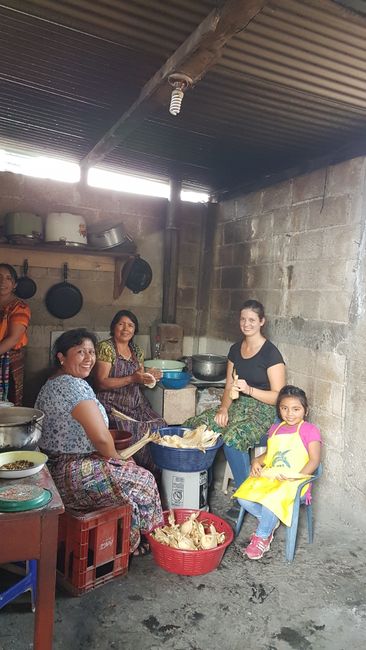
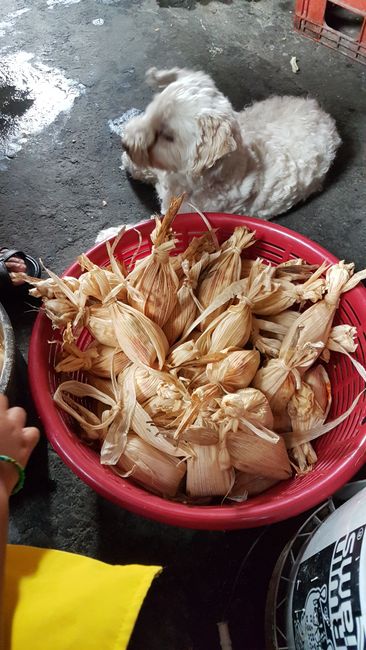
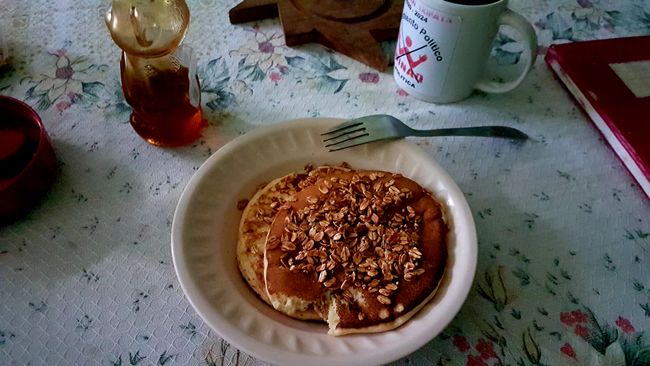
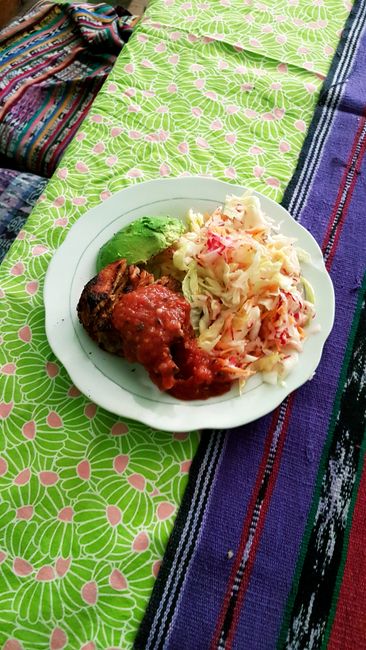
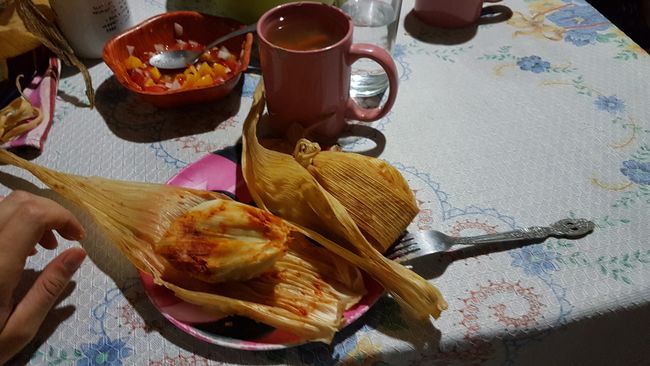
سەبسکرایبی هەواڵنامە بکەن
After more than 3 weeks with my host family in San Pedro on Lake Atitlan, I have learned a lot about the culture, food, living together, the village, the indigenous language, and the religion. In this post, I would like to talk about my host family and my experiences.
Family: In our house, there are usually 5 women (not including me) ranging from 5 to 91 years old. This week, the grandparents are also here until Easter, so now we are a total of 8 people. Before getting married, it is natural to live with your parents, and even the grandparents live in the same house. Family has a very high value in the life of Guatemalans. The birth rate is certainly higher than in Austria, but separations and divorces are no longer rare. In the family, they speak Tzutujil, the Maya dialect in the village, but luckily they also speak Spanish with me. After 3 weeks, I can already say some phrases in Tzutujil :)
Food: On Sundays, in San Pedro, we have chicken or beef soup with tamalitos (maize dough pockets wrapped in maize leaves). The traditional dinner is scrambled eggs with black beans and tortillas. Tortillas are eaten with every dish, be it rice, pasta, sausages, fish, soup... Additionally, there is always a spicy salsa, which can sometimes be really hot! People eat a lot more with their hands and tortillas, a fork is used to support. Since San Pedro has several coffee plantations, there is local coffee for breakfast, in between, and for dinner. Clara, my host mom, prepares cereal, pancakes, or fruit for breakfast. Most houses here have a kitchen on the ground floor and a grill with an open fire on the roof. On the roof, everything that takes longer to cook is prepared, such as maize, beans, chicken soup, chuchitos (see photos, maize dough pockets filled with chicken and tomato sauce), etc., and the tortillas are prepared here.
Tortillas: Tortillas (pronounced Tortillas) are simply the national dish of Guatemalans and are eaten with everything. Compared to Mexican tortillas made of flour and often machine-made, tortillas here are made of maize dough and handmade. First, the maize must be cooked for 1 hour on the terrace on the fire pit, then you take the cooked maize to a milling machine, grind the maize with a little water, and you get the maize dough. Then, a small ball of dough is rolled between the hands back and forth to form a round and flat tortilla, but this takes a lot of practice. The tortillas are briefly placed on the fire pit, and many families do this daily (sometimes even twice).
Religion: Religion is also very important, my family is evangelical. In the village, there is a Catholic church (which about 60-70% of the villagers belong to) and 16 (!) evangelical churches for 16,000 residents. My family goes to church about 2-3 times a week (if everything is not closed due to the corona), we also pray together before meals, and a religious radio station plays almost all day long. The house walls in the village are decorated with Bible quotes or religious images. Since some men have a problem with alcohol, the evangelical church prohibits alcohol consumption.
Traditional Costume: For 2 weeks now, I have been wearing the regional traditional costume about 3 times a week, which my family borrows me. It consists of a blouse, a skirt, and a belt. In the morning, my host mom always helps me with the skirt and the belt and braids my hair. Most women here wear their traditional costume every day, unlike men, only a few older men wear the traditional costume (shirt, white pants with black stripes, hat, and belt).
Shower and Bathroom: I have my own toilet and shower, but the shower is a bit of a problem. At the beginning, it didn't work at all, now only the hot water doesn't work. That's why I always shower in the family shower, where the water temperature fluctuates between warm, lukewarm, and not really warm. Soap is used instead of shower gel. In the toilet, toilet paper is thrown into a trash can next to it instead of the toilet bowl.
Household Chores: In addition to cooking, there is a lot of other work to do in the house. The courtyard is swept almost every day, dishes, and laundry are washed by hand. For laundry, there is a stone washboard next to a water tank about 2 meters deep (see photo).
Climate: Since San Pedro is located at 1,400 meters, it is pleasant with temperatures between 20 and 25 degrees every day. It is currently the dry season, today is the second time it has rained since I arrived in Guatemala, and the rainy season starts in May.
Coronavirus: As of April 1st, there are 39 infected people, many of whom were already in quarantine or came from abroad and were taken directly to the hospital. Measures were very strict from the beginning. Until April 12th, there is a curfew from 4 pm, everything except supermarkets and pharmacies is closed, and public and private transport is paralyzed. The embassy has offered to fly me back twice, but since I don't consider myself one of the involuntarily stranded tourists and I feel very well taken care of here in Guatemala, I declined. I will definitely stay in the village until Easter, let's see what happens after the curfew.
سەبسکرایبی هەواڵنامە بکەن
وەڵام
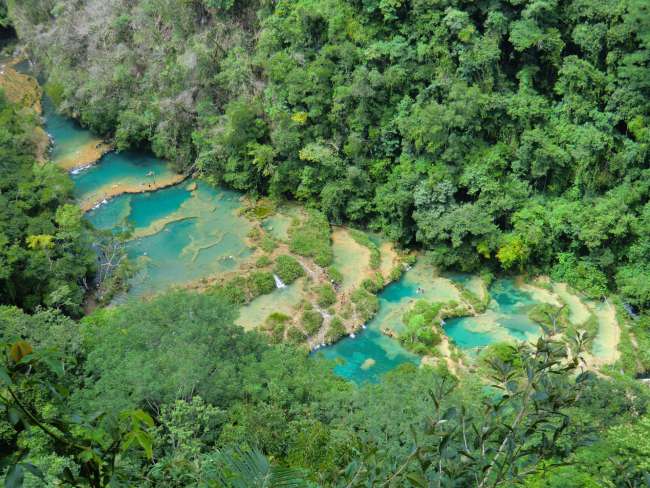
ڕاپۆرتی گەشتیاری گواتیمالا
